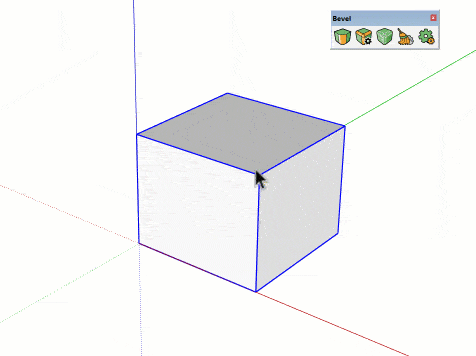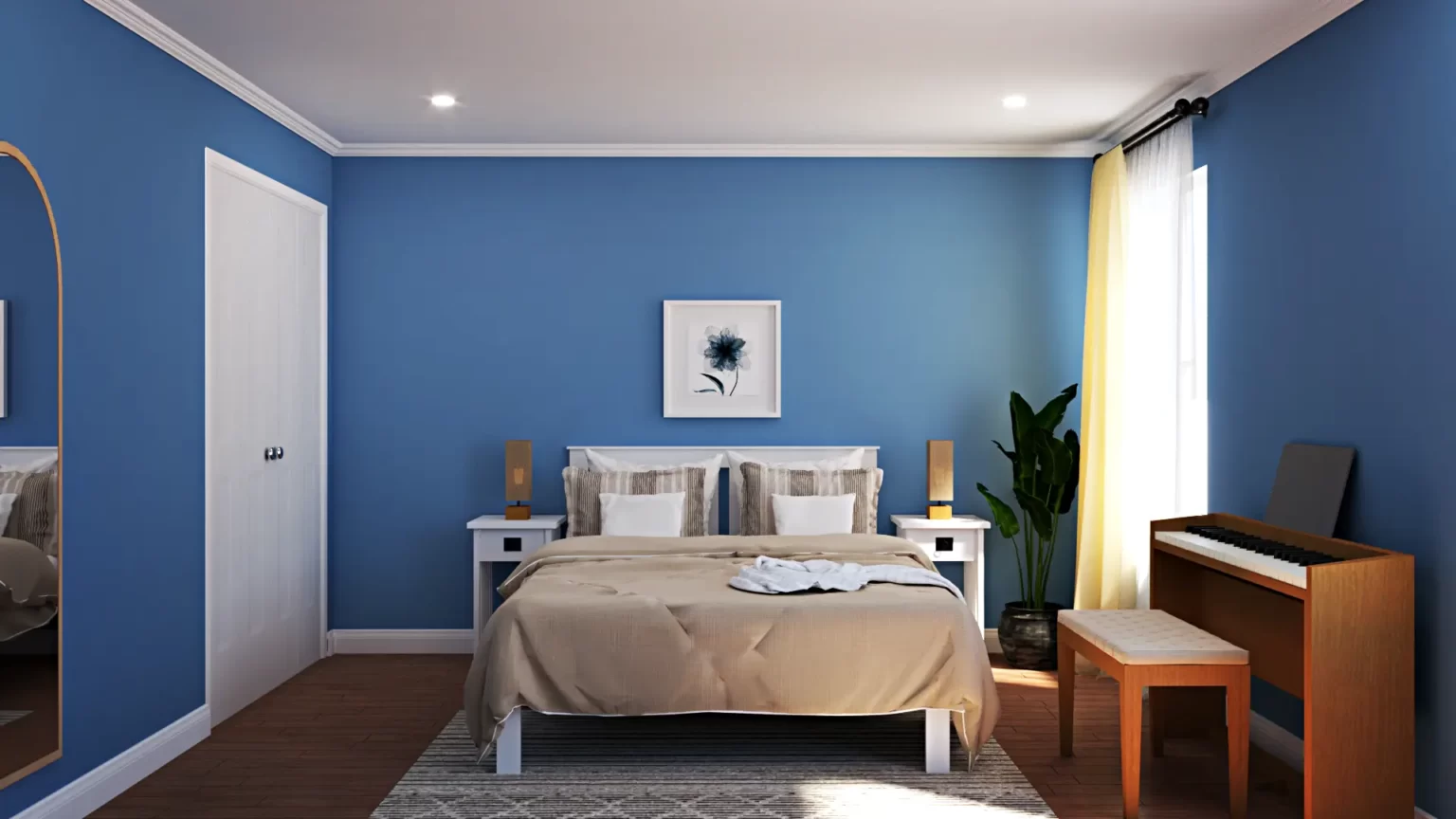Choosing the Right Rendering Software: D5 Render vs V-Ray
When it comes to architectural visualization and 3D rendering, the choice of software can significantly impact the final outcome of your projects. D5 Render and V-Ray are two prominent contenders in the world of rendering software, each with its strengths and weaknesses. In this blog post, we’ll compare D5 Render and V-Ray to help you make an informed decision about which one suits your needs best.

Introduction to D5 Render
D5 Render is a relatively new player in the rendering software market but has gained popularity quickly, thanks to its user-friendly interface and real-time rendering capabilities. It’s particularly favored by architects and designers who want to create stunning visualizations without the steep learning curve associated with some other software.
Key Features of D5 Render
- Real-Time Rendering:
D5 Render excels in real-time rendering, allowing users to see changes in lighting, materials, and camera angles instantly. This feature is invaluable for quick design iterations. - User-Friendly Interface:
The software is known for its intuitive and user-friendly interface. Even beginners can start creating impressive renders in no time. - Library of Assets:
D5 Render comes with a vast library of pre-built assets, including materials, vegetation, and furniture, making it easy to populate your scenes. - Interoperability:
It supports various 3D modeling software, including SketchUp, Rhino, and 3ds Max, making it versatile for different workflows.
Introduction to V-Ray
V-Ray, on the other hand, has been a staple in the industry for years. It’s known for its exceptional photorealism and advanced rendering capabilities. Many professional architects and visual artists rely on V-Ray for their high-end projects.
Key Features of V-Ray
- Unparalleled Realism:
V-Ray is synonymous with photorealistic rendering. It’s the go-to choice for projects where achieving realism is paramount. - Advanced Materials and Lighting:
V-Ray offers a wide range of advanced materials and lighting options, giving users precise control over every aspect of their scenes. - Extensive Plugin Ecosystem:
V-Ray has a vast ecosystem of plugins that enhance its functionality, allowing for more specialized workflows. - VR and Interactive Rendering:
It supports VR rendering and interactive rendering, which is great for presentations and client engagement.
Comparing Performance
One of the critical factors when choosing rendering software is performance. Let’s compare D5 Render and V-Ray in terms of performance:
D5 Render Performance
- Speed:
D5 Render is known for its real-time rendering speed. It’s excellent for quickly visualizing design concepts and making adjustments on the fly. - Resource Usage:
It’s relatively lightweight in terms of hardware requirements, making it accessible for users with mid-range computers.
V-Ray Performance
- Quality:
V-Ray is renowned for its high-quality output, but this often comes at the cost of longer render times. Achieving photorealism requires patience. - Resource Intensive:
V-Ray demands powerful hardware to perform at its best, which can be a limiting factor for some users.
Workflow and Ease of Use
D5 Render Workflow
- Intuitive Interface:
D5 Render’s user-friendly interface makes it easy for beginners to get started and experiment with various settings. - Quick Iterations:
Real-time rendering allows for rapid iterations, speeding up the design process.
V-Ray Workflow
- Learning Curve:
V-Ray has a steeper learning curve due to its extensive features and settings. It may take some time for beginners to become proficient. - Precise Control:
V-Ray offers unparalleled control over every aspect of rendering, which is appreciated by experienced users but can be overwhelming for newcomers.
Pricing
Pricing can be a significant factor in your decision-making process. Both D5 Render and V-Ray offer various pricing options:
D5 Render Pricing
D5 Render offers a free version with limited features, making it accessible to beginners. The paid Pro version offers more advanced features and costs approximately $480 per year per user.
V-Ray Pricing
V-Ray’s pricing varies depending on the software and the number of licenses you need. It generally falls into the higher price range, with a V-Ray for SketchUp license starting at around $350 per year.
Which One Should You Choose?
The choice between D5 Render and V-Ray ultimately depends on your specific needs and priorities:
- Choose D5 Render if:
- You’re a beginner or want a user-friendly interface.
- Real-time rendering and quick iterations are essential for your workflow.
- You have mid-range hardware.
- Choose V-Ray if:
- You prioritize photorealistic quality and are willing to invest time in learning.
- You need advanced materials and lighting control.
- You have a powerful computer setup.
Conclusion
In conclusion, both D5 Render and V-Ray have their merits, and the right choice depends on your individual requirements and skill level. Consider your budget, project goals, and hardware when making your decision. Whichever you choose, both software options have the potential to elevate your architectural and 3D rendering projects to new heights.
Remember, the best rendering software is the one that empowers you to bring your creative visions to life effectively.












